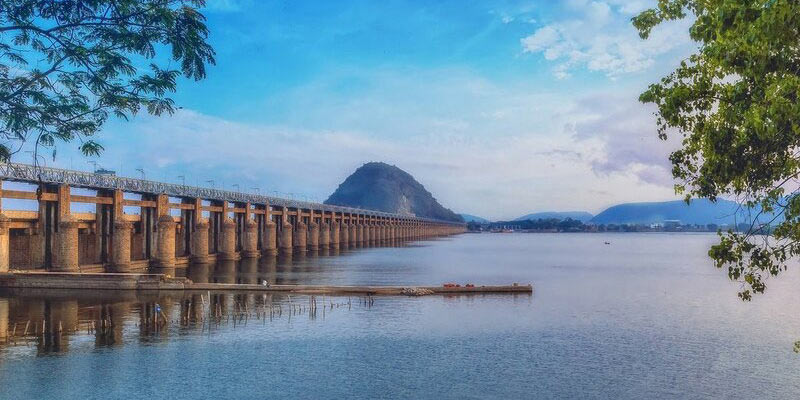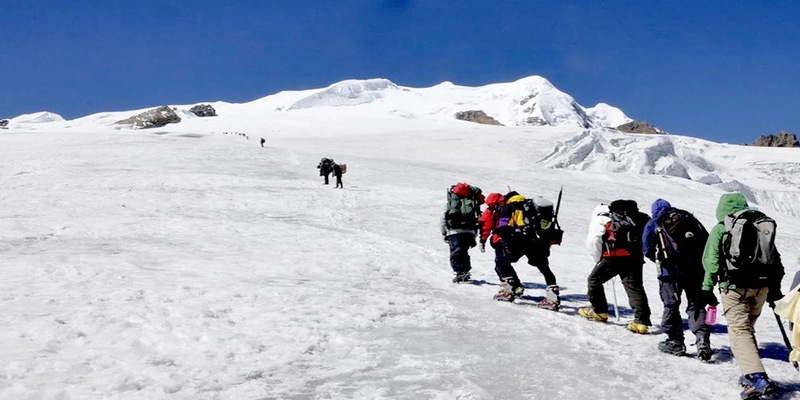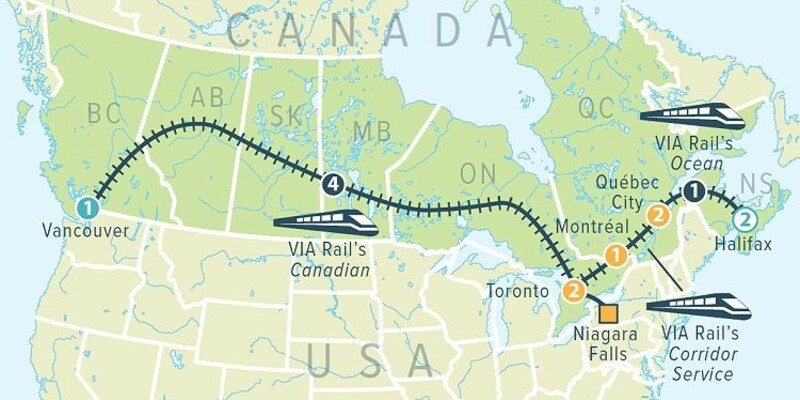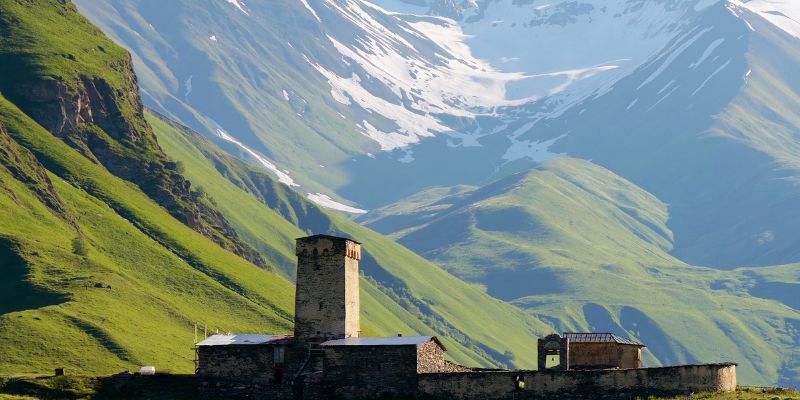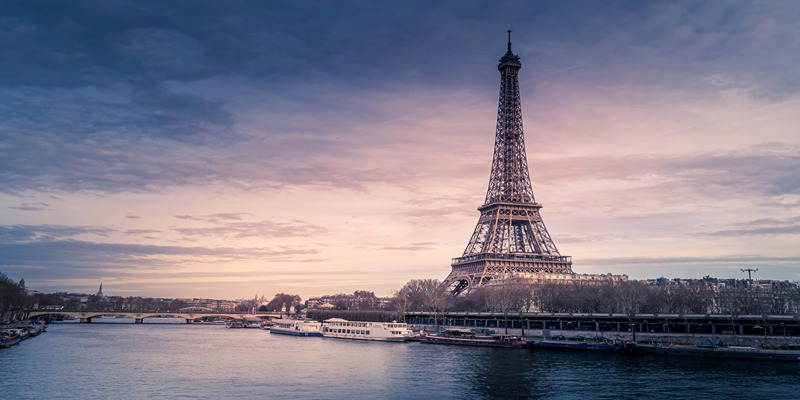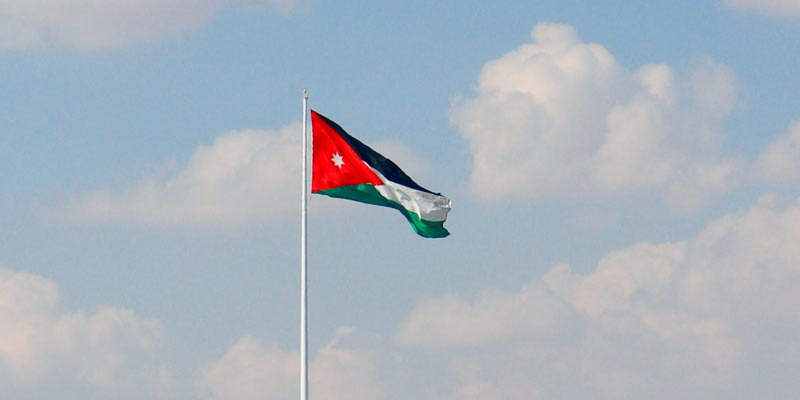13 Fun and Unusual Facts About The Coldest Antarctica Continent
Jan 12, 2024 By Sean William
Ever considered visiting Antarctica? It's a land of extremes and surprises, frequently forgotten in continent discussions. Explore the world's southernmost continent and learn about its amazing landscape.
Antarctic continent is one of the seven continents, yet we forget about it. It's not small—far from it. Its map presence is obvious because of its enormous snow and ice cover. Our everyday chats don't necessarily include the frozen continent's 5,000 people. However, Antarctica has many intriguing ‘Antarctica facts’ to discover, and you may decide to visit this mysterious location!
The Coldest Desert on Earth
Antarctic continent is a desert, which may surprise you. Deserts have minimal precipitation, unlike scorching, sandy terrain. Antarctica meets this definition, getting less than 51 mm of precipitation yearly. Cold temperatures and strong gusts make it quite dry. Antarctica is the world's biggest desert at 8.6 million square kilometers.
Medical Precautions in Villas Las Estrellas
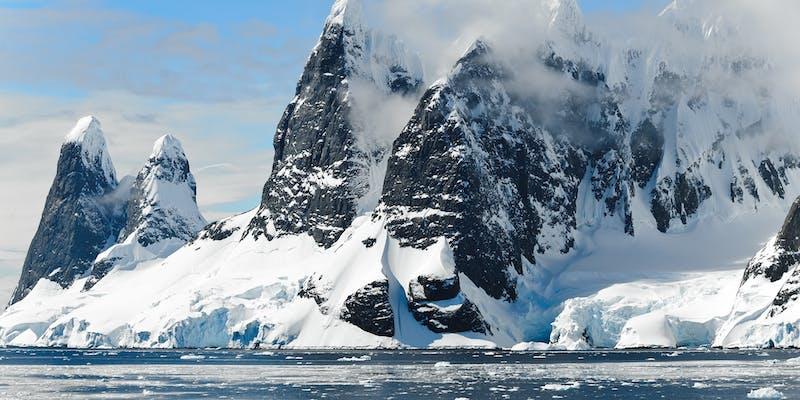
One interesting fact about life in Antarctica involves a unique medical requirement in the settlement of Villas Las Estrellas. Before moving to this rural village, people must have their appendix removed due to inadequate medical resources and appendicitis severity.
The 1960s incident of a Russian doctor in Antarctica having to remove his appendix on himself prompted this precaution. He successfully conducted the operation with only local anesthetic and the help of two expedition members using surgical retractors and a mirror, highlighting the challenges of medical emergencies in such an isolated place.
Antarctica's Wildlife and Hidden Mountains
Among other facts about Antarctica, one is that it is unique because it has no animals like deer or bears walking around. But it's full of sea animals and birds. Penguins, whales, seals, and albatrosses abound. Krill, small crustaceans in the water, nourish other species. Penguins—18 species—are ubiquitous in Antarctica. The biggest kind is the Emperor Penguin. There are no polar bears in Antarctica. They inhabit the Arctic near Alaska and Russia.
Antarctic Ice Is Rich in Fresh Water
Although Antarctica is dry, the majority of the world's freshwater is frozen. If all that ice melted, the global sea level would rise 200 feet. People worry about global warming because even a little sea level increase might bring huge difficulties.
Huge Mountain Range Under the Ice
In the 1950s, Russian scientists found large mountains beneath Antarctica's ice. The Gamburtsev Mountains are as tall as the European Alps. They're hidden by three miles of ice. Scientists have used computers to guess what these hidden mountains look like.
Antarctica's Red Waterfall
Red blood-like waterfalls are in Antarctica. For nearly 100 years, people speculated about "Blood Falls". The water is red because it contains iron, like rust. This water comes from a lake under the ice.
Antarctica Doesn't Stick to One Time Zone
Even though people live in Antarctica all year, they don't call it home permanently. There's no government there, so there's no official time zone. People working at the 70+ science bases use the time from their home country instead. These bases belong to more than 25 different countries.
One Sunrise and Sunset a Year at the South Pole
The South Pole experiences daylight differently from the North Pole. The sun rises and sets once a year on this planet. This is caused by the slight tilt of the Earth's axis. So, in the South Pole, the sun doesn't set; rather, it just circles the sky for around six months. After that, the sun doesn't rise for another six months, so it's essentially nighttime. This means it gets really cold when it's dark for so long.
11 Babies Overall
Eleven infants have created history by being born in the frozen wasteland of Antarctica. Emilio Marcos Palma, a baby boy, was born on January 7, 1978. It was strategically important for him to be born at the Esperanza facility, where his father oversaw the Argentine Army unit. In an effort to bolster their claim to a piece of the Antarctic continent, Argentina transported his pregnant mother to the facility. The problem is that nobody really recognizes any of the competing territorial claims that Chile, Argentina, and the United Kingdom have in this area.
Antarctic Landscape
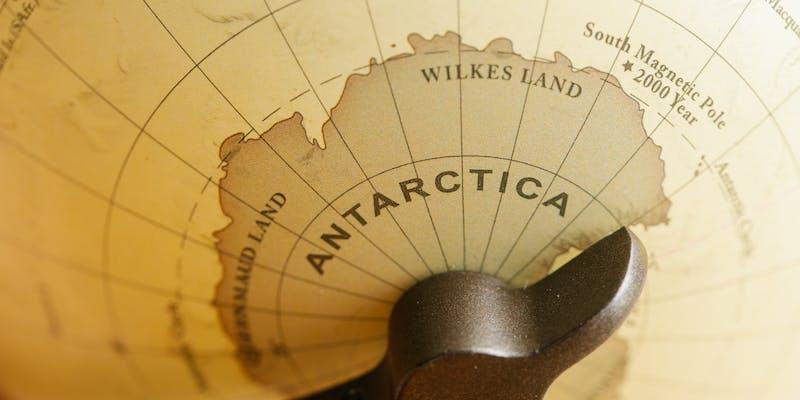
Antarctica is far more massive and crucial than many realize. Spanning over 5.4 million square miles, it's nearly double the size of the United States. But its size isn't its only impressive feature. Antarctica is pivotal in climate concerns, holding 90% of the planet's ice. If all this ice were to melt, it could raise global sea levels by an astonishing 200 to 210 feet.
Meteorites on Ice
The harsh, white terrain makes meteorites easier to notice, even if they don't fall on Antarctica more regularly than other regions. More than 10,000 meteorites, some with ages of 700,000 years or more, have been discovered in this area since the 1970s. For this reason, Antarctica is an excellent location from which to research these space pebbles.
Antarctica's Green Past
What is now a frigid desert was once a tropical paradise. Nearly fifty million years ago, abundant plant and animal life flourished in the forests that blanketed Antarctica, according to fossil finds. These results shed light on the planet's wildly fluctuating climates over the course of millions of years. Roughly 34 million years ago, at the boundary between the Oligocene and Eocene, there was a dramatic shift in the climate. An "ice-house" formed at the poles due to the sudden drop in global temperature, which has persisted since the dinosaurs were extinct.
A Hub of Global Research
Antarctica has 80 research stations today, making it a melting pot of scientific inquiry. Each station, controlled by different countries, operates under the Antarctic Treaty's principle of open scientific exchange. This agreement allows researchers worldwide to collaborate freely, regardless of national affiliations.
Among these stations, the Amundsen-Scott Station stands out. It sits at the Geographic South Pole at the convergence of all time zones. This unique position means this station has no specific time zone, making it a fascinating place for researchers and visitors alike.
